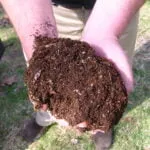Looking for ways to reduce household waste? You’re not alone. The average American generates nearly five pounds of trash daily, according to the Environmental Protection Agency (EPA). That adds up quickly—roughly 1,800 pounds of waste per person yearly. Much of that waste is in landfills, contributing to greenhouse gas emissions and long-term pollution. The good news? You can take dozens of simple steps today to reduce waste and live sustainably.
Below, we’ve compiled actionable ideas you can start implementing immediately—categorized by area of the home and lifestyle habits. From composting to curbing single-use plastics, these strategies will help you shrink your environmental footprint without drastically changing your daily routine.
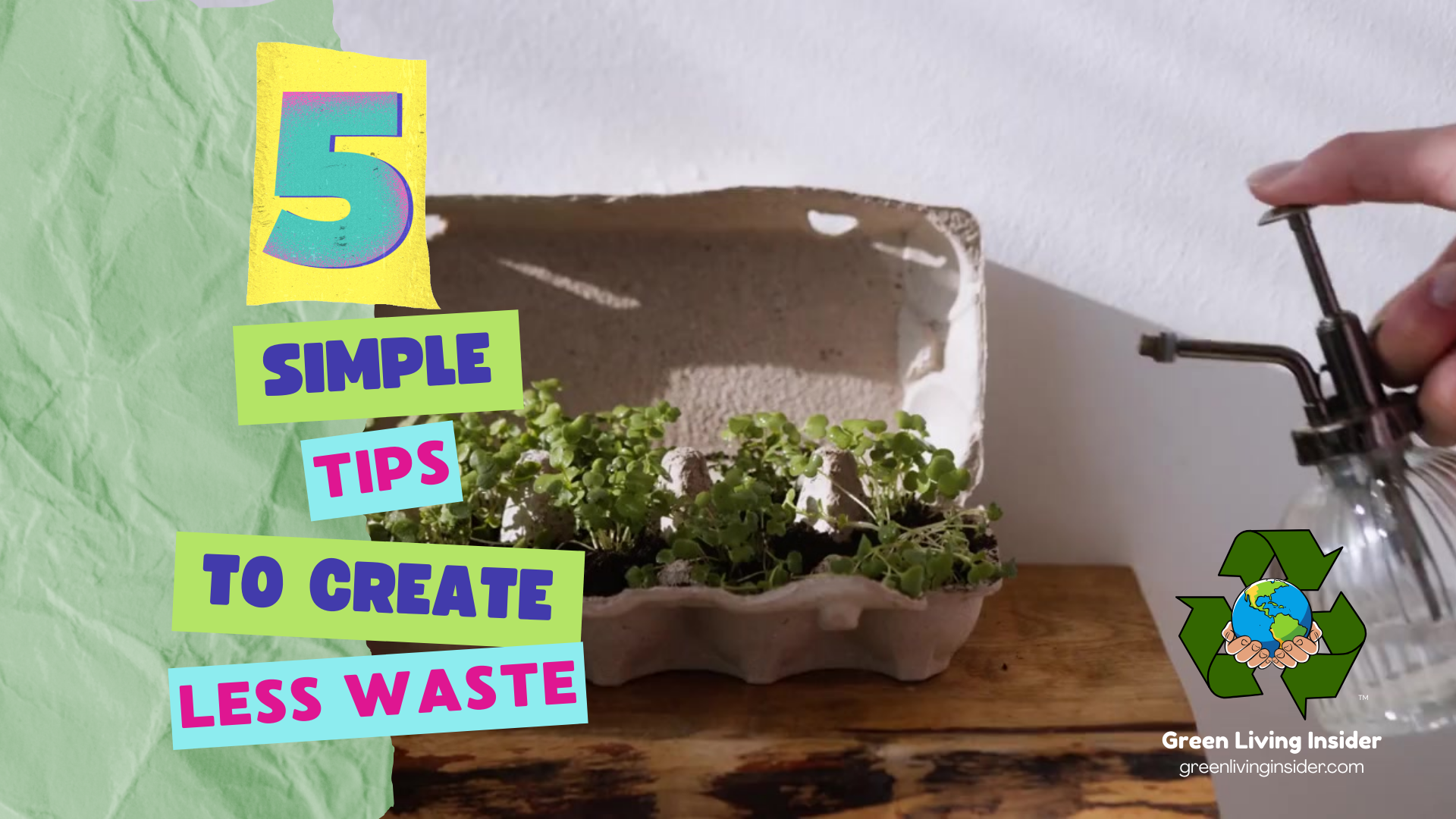
Kitchen: Reduce Household Waste Here First
The kitchen is often the most significant contributor to household waste, from food scraps and packaging to single-use items. But it’s also where some of the most effective changes can be made.

1. Compost Your Food Scraps
According to the EPA, about 30% of what we throw away could be composted. Vegetable peels, coffee grounds, and even paper towels can all be turned into nutrient-rich compost for your garden. Our Composting 101 guide can help you get started if you’re new to composting.
2. Ditch Single-Use Plastics
Plastic wrap, sandwich bags, and disposable utensils are among the most common sources of household plastic waste. Swap them for reusable alternatives like beeswax wraps, silicone bags, or stainless-steel utensils. A 2021 study from the Plastic Pollution Coalition highlights the environmental toll of single-use plastics, which account for nearly 50% of global plastic waste.
3. Shop in Bulk and Use Refill Stations
Buying dry goods from bulk bins using your containers can drastically reduce packaging waste. More retailers are also adopting refill stations for dish soap, laundry detergent, and cooking oils. Try searching for local options through directories like Litterless or ZeroWasteHome.

These colorful, sizeable reusable grocery bags can hold over 50 pounds and come in a pack of ten.
In the Bathroom: Small Changes, Big Results
Bathrooms may be compact, but they generate a surprising amount of waste—from personal care packaging to disposable hygiene items. Fortunately, there are easy switches to make here too.

4. Switch to Bar Soaps and Shampoo Bars
Skip the plastic bottles and opt for bar soaps or shampoo bars in recyclable or compostable packaging. According to Ethique, a single shampoo bar can replace three plastic bottles.
5. Choose Reusable Cotton Rounds and Swabs
Single-use wipes and cotton balls are used for seconds but stick around for years. Reusable bamboo or organic cotton rounds can be washed and reused dozens of times, slashing your bathroom’s contribution to landfill waste.
6. Use Refillable or Concentrated Cleaning Products
Brands like Blueland (our favorite) and Grove Collaborative offer concentrated or tablet-based cleaners that reduce plastic waste and shipping emissions. Just add water and reuse the bottle—simple and effective.
Laundry and Closet: Clothing and Cleaning with Less Waste
Between fashion waste and laundry microplastics, your closet and laundry routine may have more environmental impact than you think. Here’s how to change that.
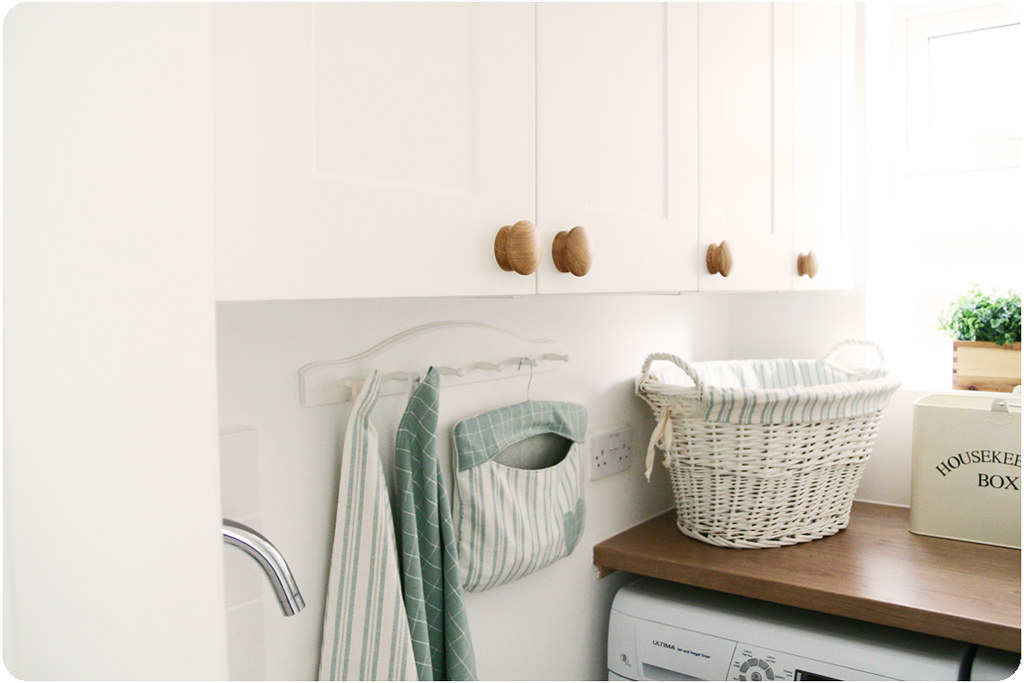
7. Donate or Upcycle Old Clothes
Each year, 11 million tons of textile waste are sent to landfills in the U.S. alone. Donate items in good shape to local shelters or thrift stores. If they’re too worn out, try turning them into rags or DIY craft material. Need ideas? Here are 20 Creative Upcycling Ideas.
8. Use a Microfiber Filter
Synthetic fabrics like polyester shed microplastics in the wash. Laundry bags like Guppyfriend or washing machine filters can capture these fibers and keep them out of waterways.
9. Make the Switch to Dryer Balls
Wool dryer balls can replace hundreds of disposable dryer sheets. They reduce drying time, soften fabrics, and contain no synthetic chemicals. Bonus: They’re compostable at the end of their life.

The first and only plastic-free Laundry Detergent Tablets that are tough on stains, but gentle on the planet.
Office and Tech: Tackling Paper and E-Waste
We’re more digital than ever, but office waste still adds up—especially when electronics are involved. Here’s how to keep things tidy and sustainable.

10. Unsubscribe from Junk Mail
The average household receives 41 pounds of junk mail annually. Services like DMAchoice and CatalogChoice help you opt out and reduce waste (and stress).
11. Recycle Electronics Responsibly
Electronics can contain heavy metals and other toxic substances. Don’t toss them in the trash. Learn how to dispose of them properly with our Responsible E-Waste Disposal guide.
12. Go Digital Where Possible
Switching to digital bills, receipts, and subscriptions reduces waste and simplifies your life. Banks, utilities, and retailers now offer paperless options by default—ensure you’re enrolled.
On the Go: Zero-Waste Habits for Everyday Life
Many waste-reducing habits start at home, but they take hold when they are carried over into daily routines. These tips help you stay green wherever you are.
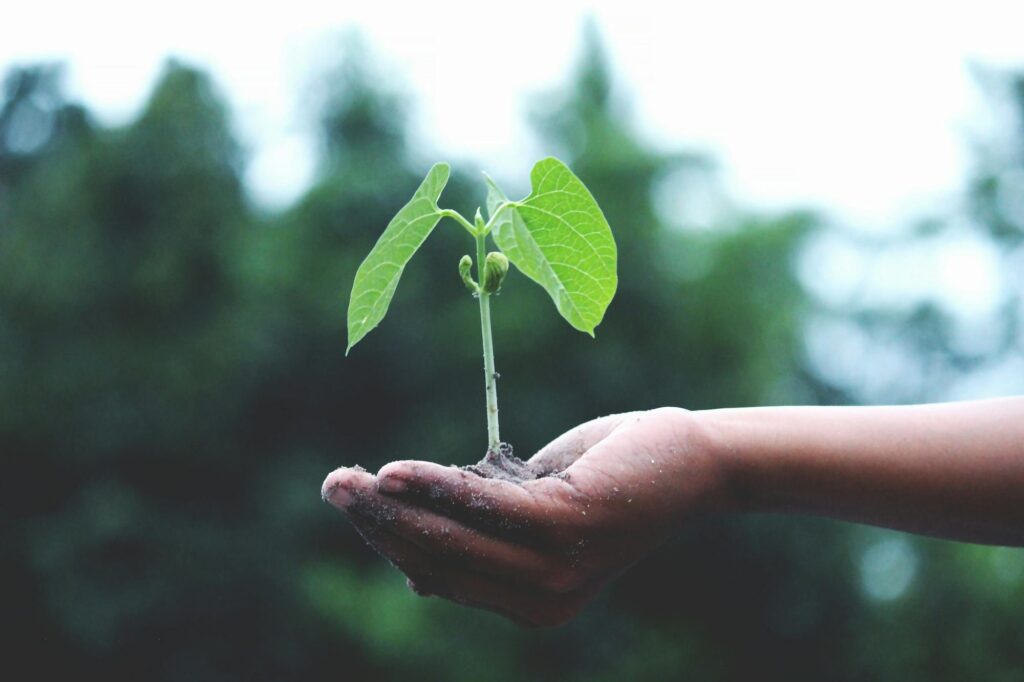
13. Carry a Zero-Waste Kit
Keep a reusable kit with you: utensils, a straw, a cloth napkin, and a tote bag. This simple habit can help you avoid single-use plastic while eating, shopping, or traveling.
14. Choose Refillable Beverages and Container
Many coffee shops now offer discounts for customers who bring reusable cups. Programs like MiiR and KeepCup promote waste-free beverage culture.
15. Say No to Freebies You Don’t Need
Free pens, flyers, and swag might seem harmless, but they often go unused and end up in the trash. Politely decline and walk away with a lighter footprint.

Innovative water bottle and cartridge system that makes drinking water more delicious, fun, and personalized.
Final Touches: Smart Habits that Stick
Lastly, here are a few bonus strategies to deepen your commitment to waste reduction, while educating and empowering others.
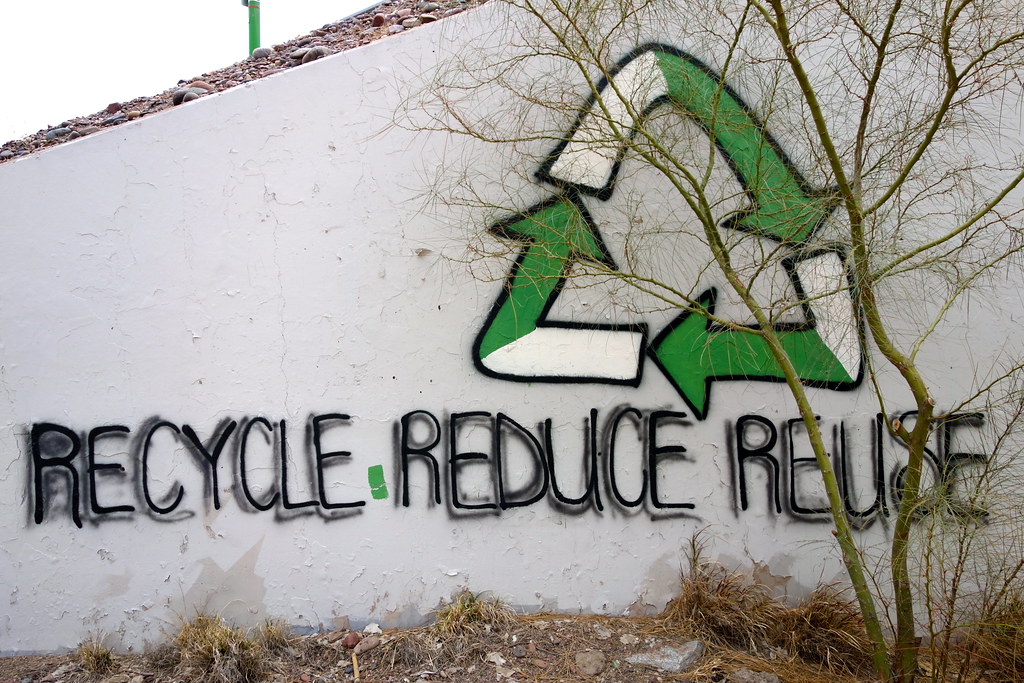
16. Learn to Recycle Correctly
Contaminated recyclables can ruin entire batches. Check your local recycling guidelines and visit our Recycling Basics to understand what’s accepted in your area.
17. Repurpose Before You Recycle
Before tossing an item, ask if it can be reused. Glass jars make excellent storage containers; old clothes can be transformed into rags or crafts. Learn to see waste as a resource.
18. Educate Others
Sustainability is contagious. Talk to your family, share this article with friends, or post your zero-waste tips on social media. Change often starts with a single conversation.
Final Thoughts
Reducing household waste isn’t about perfection—it’s about progress. Whether you try one idea or ten, every step you take helps conserve resources, reduce pollution, and support a healthier planet.
Do you have a favorite waste-reducing tip we missed? Let us know in the comments—we’d love to hear it!
And don’t forget: For tips straight to your inbox once a week and more exclusive content, subscribe today.





